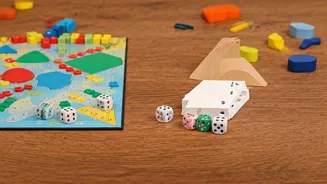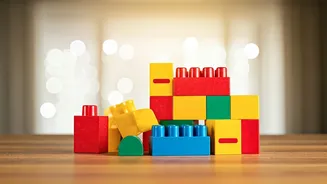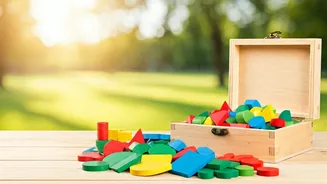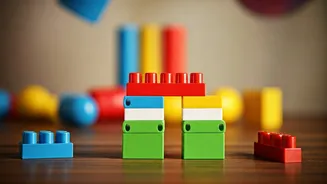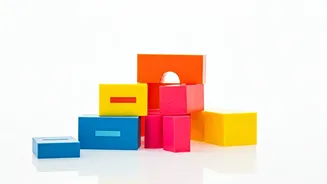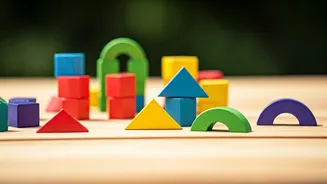Make Math Playful
One of the most effective ways to captivate children's interest in mathematics is to transform it into a game. The use of games, puzzles, and other fun
activities helps remove the perception of math as a tedious subject. Instead, it becomes a challenge or a source of amusement. This approach not only makes learning enjoyable but also aids in retaining information. Consider introducing board games, card games, or online math games that subtly incorporate mathematical concepts. Puzzles like Sudoku or KenKen also prove to be great options for sharpening problem-solving skills in a fun way. Children are often naturally drawn to play, and by integrating math into these activities, you can encourage them to learn without even realizing they are studying.
Connect Math to Life
Children often question the relevance of math in their daily lives. To address this, it's essential to demonstrate how math applies to real-world scenarios. This can be as simple as involving them in cooking and baking, where they can measure ingredients and understand fractions. Planning a trip offers opportunities to calculate distances, estimate travel times, and manage budgets, thus making numbers tangible and meaningful. Furthermore, financial literacy can be taught by discussing saving money, making purchases, and understanding percentages. By illustrating the practical applications of math, you help children appreciate its importance and usefulness beyond the classroom, fostering a deeper understanding and interest.
Embrace Mistakes Positively
Creating a supportive atmosphere where mistakes are seen as learning opportunities is crucial for building a child's confidence and encouraging a positive attitude towards math. Instead of criticizing errors, frame them as chances to learn and grow. Discussing the steps taken that led to an incorrect answer can help children understand where they went wrong and what they can do differently next time. Celebrating mistakes encourages a growth mindset, where children believe that their abilities and intelligence can improve through effort and learning. This approach removes the fear of failure and motivates them to keep trying, ultimately improving their math skills.
Explore Multiple Approaches
Every child learns differently, so encouraging a variety of problem-solving methods is vital. It's important to allow them to experiment with different ways of approaching a math problem. Encourage the use of visual aids, such as drawings or diagrams, which can help them grasp concepts more easily. If one method doesn't work, encourage them to try another. This flexibility helps them develop a deeper comprehension of mathematical concepts and boosts their problem-solving skills. By accommodating their learning styles and promoting diverse problem-solving strategies, you equip them with the tools they need to succeed in math.
Foster a Growth Mindset
Cultivating a growth mindset is critical in shaping a child's approach to learning, particularly in math. A growth mindset entails the belief that intelligence and abilities aren't fixed but can be enhanced through effort and learning. Help your child understand that effort and perseverance are key to success. Compliment their effort and strategy, rather than just their intelligence or results. Provide them with encouragement to embrace challenges, learn from mistakes, and persist. This will help them build confidence and resilience. Remind them that struggles are part of the learning process and that improvement comes with time and consistent effort.
Hands-On, Visual Learning
Many children find that learning becomes more engaging when they can touch, see, and interact with mathematical concepts. Incorporating hands-on, visual, and multi-sensory learning experiences makes math more concrete and less abstract. Use manipulatives like blocks, counters, or even everyday objects to explain addition, subtraction, multiplication, and division. Visual aids, such as charts, graphs, and diagrams, can effectively demonstrate relationships between numbers and concepts. For instance, using color-coded visuals can help illustrate fractions and percentages. These methods can also make it easier for children to understand complex ideas by making the abstract more accessible.
Consistent Routine, Progress
Establish a consistent routine for practicing math to enhance learning and build strong skills. Regular practice helps reinforce concepts and keeps math fresh in their minds. Set aside dedicated time each day or week for math activities. This consistency will make math a regular part of their lives, and therefore, it will appear less intimidating. Monitor their progress regularly to recognize areas of strength and address any weaknesses promptly. Celebrate their achievements and acknowledge their efforts to keep them motivated. Keep the routine enjoyable and adjust it as needed to keep them engaged. Regularity, combined with a positive learning environment, is essential for long-term success in math.
